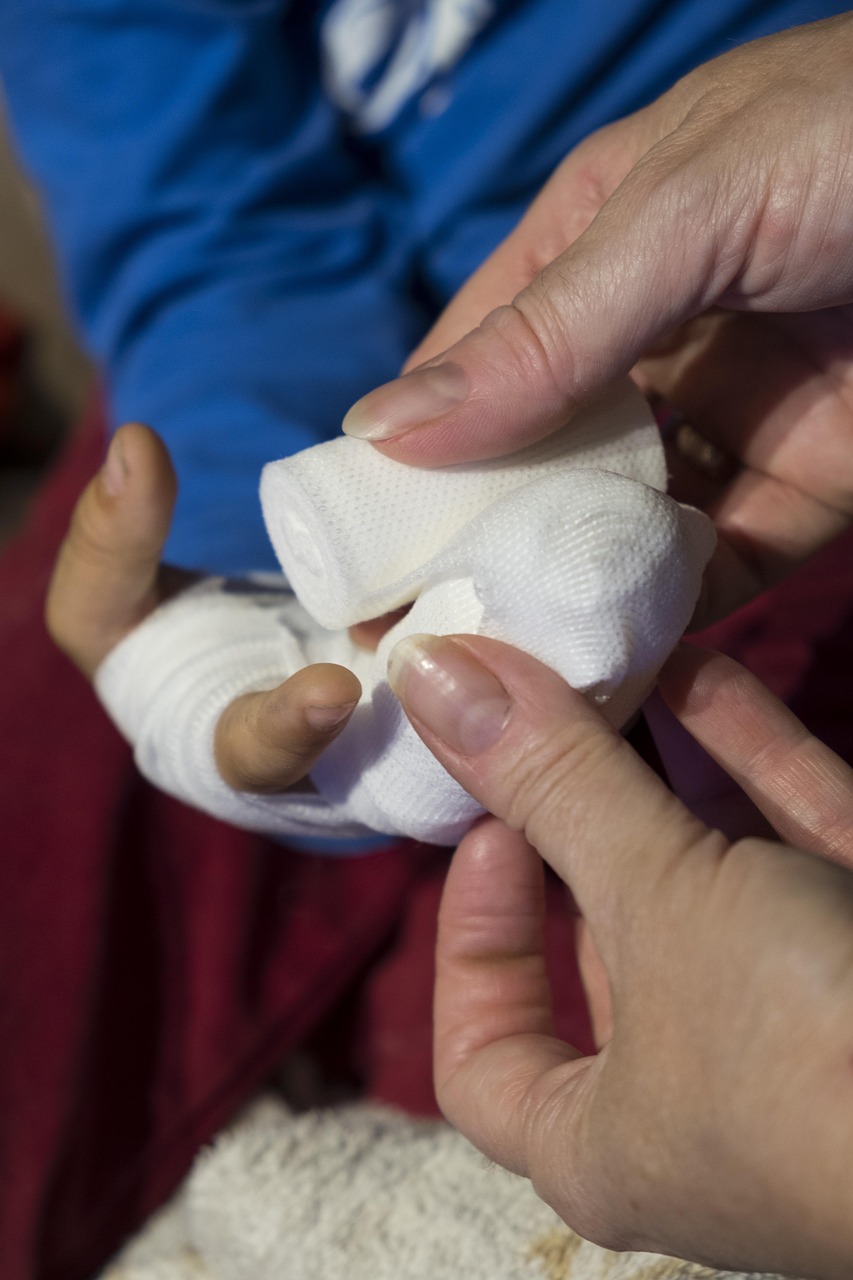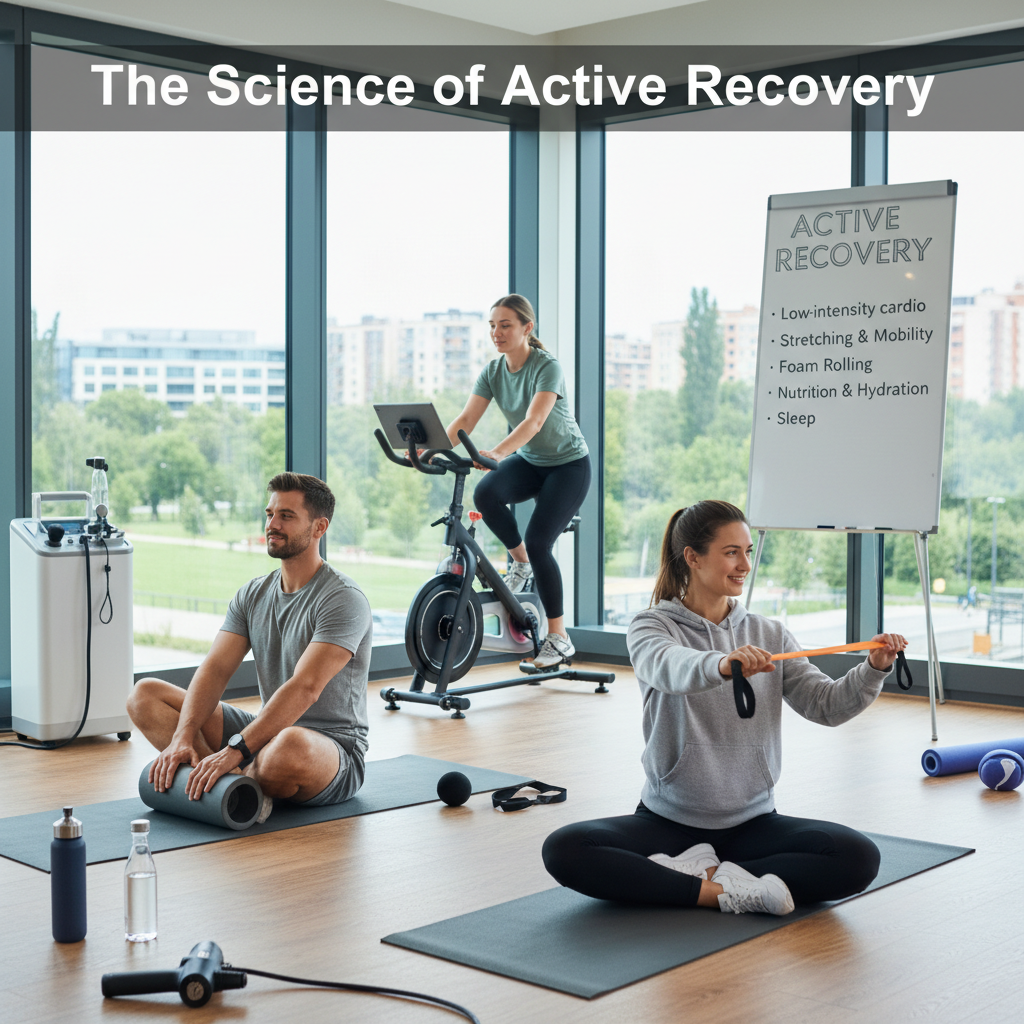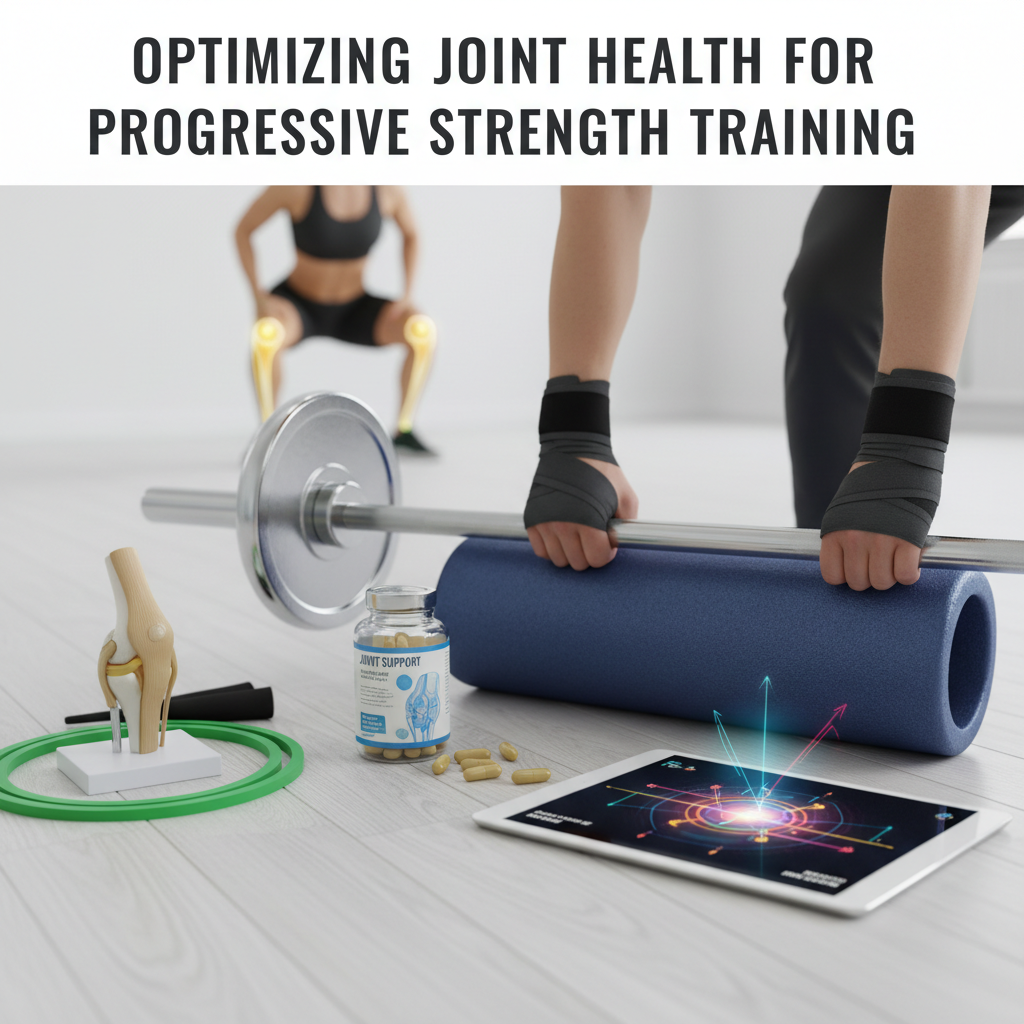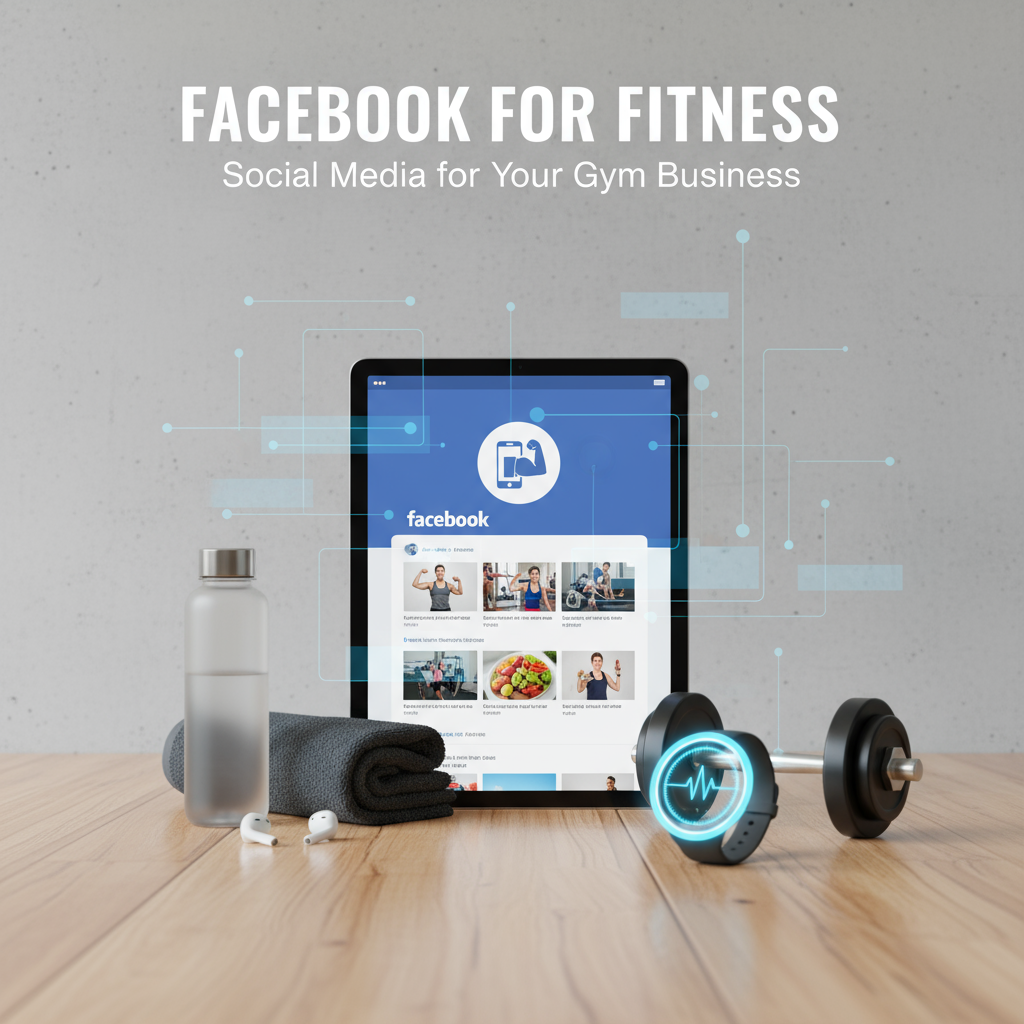
Beyond Soreness: How to Differentiate Between Muscle Growth Pain and Injury Warning Signs
For lifters, weekend warriors, and coaches who keep pushing for bigger lifts: you’re tired of guessing whether that nagging ache is “good pain” or a warning light. You're worried about losing months to an avoidable injury, or worse — training through something that gets worse. Our team helps athletes and busy people read the signs accurately (we work with hundreds of clients and have guided them back from real injuries), so you can train smarter, not just harder.
What's the difference between muscle pain vs injury?
Short answer: muscle soreness is an adaptive response to training; an injury is tissue damage that usually needs rest or treatment. But look — that’s the textbook line. Real life is messier. So here’s a practical breakdown you can use right after a set, or the next morning.
Soreness vs injury — quick checklist
Use this like a mini triage:
- Onset: soreness comes on slowly, peaking about 48 hours after exercise. Injury pain often starts suddenly during a lift or an awkward movement.
- Type of pain: soreness is dull, tight, and widespread. Injury pain is sharp, focal, or feels like a snap/tear.
- Function: with soreness you can usually move (slowly, carefully). With an injury you often lose strength, range of motion, or can't bear weight.
- Time course: soreness improves each day after peaking at 48 hours and usually resolves by 72 hours. Injury pain tends to persist or get worse.
- Associated signs: swelling, bruising, numbness, and joint instability point to injury — not just soreness.
How long should muscle soreness last?
So here's the thing about delayed onset muscle soreness (DOMS): it typically peaks at 48 hours and should be mostly resolved by 72 hours. Some people (especially when they tried a new movement) might still feel residual stiffness on day 5 — that happens — but the trend should be improving. If it's not getting better day-by-day, that's a red flag.

5 red flags that usually mean injury, not just soreness
- Sudden, sharp pain at the time of the lift. Like a pop or snap. Stop immediately — that's often a strain or tear.
- Loss of strength or function. If you can't perform normal movement patterns (squat to depth, press the bar safely), something's wrong.
- Localized swelling or big bruises. Bruising under the skin within 24 hours suggests tissue damage or bleeding.
- Numbness, tingling, or radiating pain. That's nerve involvement — get it checked.
- Pain that worsens over 72 hours or doesn't follow the normal healing curve. Training should make it feel only slightly worse short-term, but recovery happens fast after the peak.
What common strength training injuries feel like (and why they happen)
I've seen a lot of gym myths — for example, "you'll always know a tear." Not true. Sometimes pain is subtle at first. Here's what to watch for.
Muscle strain
What it feels like: a sharp pull during an eccentric load (think lowering phase), immediate pain, then swelling and weakness in the muscle. I've noticed hamstrings and biceps are classic culprits.
Why it happens: too much load too fast, poor warm-up, previous fatigue. Recovery: mild strains can improve in 1–3 weeks; severe tears take months and sometimes surgery.
Tendinopathy (tendon pain)
What it feels like: a localized ache around a tendon (shoulder, elbow, knee) that often flares during activity and loosens a bit with warm-up. It gets worse over time if you ignore it.
Why it happens: repetitive overload and poor load management. Recovery: controlled tendon loading and progressive rehab over 6–12 weeks is typical.
Stress fracture
What it feels like: focal bone pain that worsens with impact (landing, running), not typical with a single rep. Often develops after a few weeks of increasing volume.
Why it happens: repeated microtrauma without enough recovery. Recovery: rest from impact, sometimes 6–8 weeks or more, guided by imaging and a clinician.
Immediate steps — what to do when you're not sure
Don't panic. Do this instead:

- Stop the activity that caused it. Obvious, but you'd be surprised how often people try to push through a new sharp pain.
- Assess: can you move the joint through a normal range? Can you bear weight? If not — dial it back and consider professional evaluation.
- Short-term care: rest the painful movement, ice for 10–15 minutes if there's swelling, compression if helpful, and keep the limb elevated if it looks swollen (RICE basics, but don't immobilize long-term).
- Modify training: substitute low-impact or opposite-muscle work (e.g., bike instead of running, single-leg to bilateral depending on what's hurt).
- Track it: note the day it started, what you felt, what makes it better or worse. That history helps clinicians more than vague "it hurts."
When to absolutely stop training
Stop if you have severe pain over 7 out of 10, loss of function, numbness, or instability. And if you hear a pop — stop. Period.
When should you see a doctor or physical therapist?
Quick guide — see a professional within 48 hours if:
- There's visible deformity, large swelling, or spreading bruising.
- You can't move or bear weight normally.
- Pain is severe and not improved by simple measures.
- Pain persists beyond 72 hours with no meaningful improvement, or gradually worsens over a week.
- Sensory changes (numbness, tingling) or hot red swelling (possible infection).
If you're unsure, ask. A lot of people delay and then end up needing longer rehab — that’s expensive (timewise), and frustrating.
What will they do — quick rundown of tests
Most clinicians start with a history and physical exam (they'll watch you move). Imaging only when indicated:
- X-ray: rules out fractures.
- Ultrasound: good for tendon tears and guiding injections.
- MRI: for serious muscle, ligament, or deep tissue injuries.
How to prevent injuries while still making strength gains
Prevention is mostly load management and consistency. Here's a checklist that actually works.

- Progressive overload — but modestly: increase load by about 2.5% to 5% per week for most lifts (smaller jumps on complex lifts).
- Prioritize technique over ego lifts. Form 9 out of 10 times wins over an extra 5 pounds.
- Warm-up that targets movement patterns (5–10 minutes dynamic warm-up plus 2–3 ramp sets at gradually higher loads).
- Recovery: aim for 7 to 9 hours of sleep and 1.6 grams of protein per kg bodyweight per day if you're training hard (that helps repair muscle).
- Program smart: vary intensity across the week, include deload weeks every 4 to 8 weeks, and avoid consecutive maximal efforts on the same muscle groups.
Simple warm-up routine (5 minutes, no excuses)
- Light cardio 90 seconds (bike or jog).
- Dynamic mobility: leg swings, thoracic rotations — 60 seconds total.
- Movement-specific ramp sets: perform 2–3 sets working up to 60–70% of working weight with controlled reps.
People Also Ask — quick answers
Is sharp pain always an injury?
No. But usually sharp pain during a lift is a bad sign and you should stop. Sometimes a cramp or tendon snap causes sharp pain but resolves quickly — still worth treating with caution and monitoring.
Can I train through soreness?
Yes, but modify. Light activity, lower load, shorter sessions, or different muscle groups are fine. Training through sharp, focal, or worsening pain is a gamble — don't do it.
How long does a muscle strain take to heal?
Mild strains: about 7 to 21 days. Moderate strains: 3 to 6 weeks. Severe tears: months, sometimes surgery. These are ballpark figures — the exact timeline depends on the muscle and the person's recovery plan.
What's the difference between DOMS and injury swelling?
DOMS causes stiffness and mild swelling across a muscle; injury swelling is more localized, often with warmth and bruising. If swelling is rapid and focal — see someone.
Practical closing — what to do next
If you're tracking your training and still confused about pain patterns, get a movement-based assessment. It saves weeks of guesswork. Our clinicians run a 20-minute intake, and then we give a short plan you can start the same day (if that sounds like overkill — well, actually it's the most efficient way back to progress).
Real talk: pain is the body's language. Learn the vocabulary — you'll avoid a lot of setbacks. If this feels overwhelming, our team can handle the assessment and design a return-to-training plan that keeps your gains and minimizes downtime.







